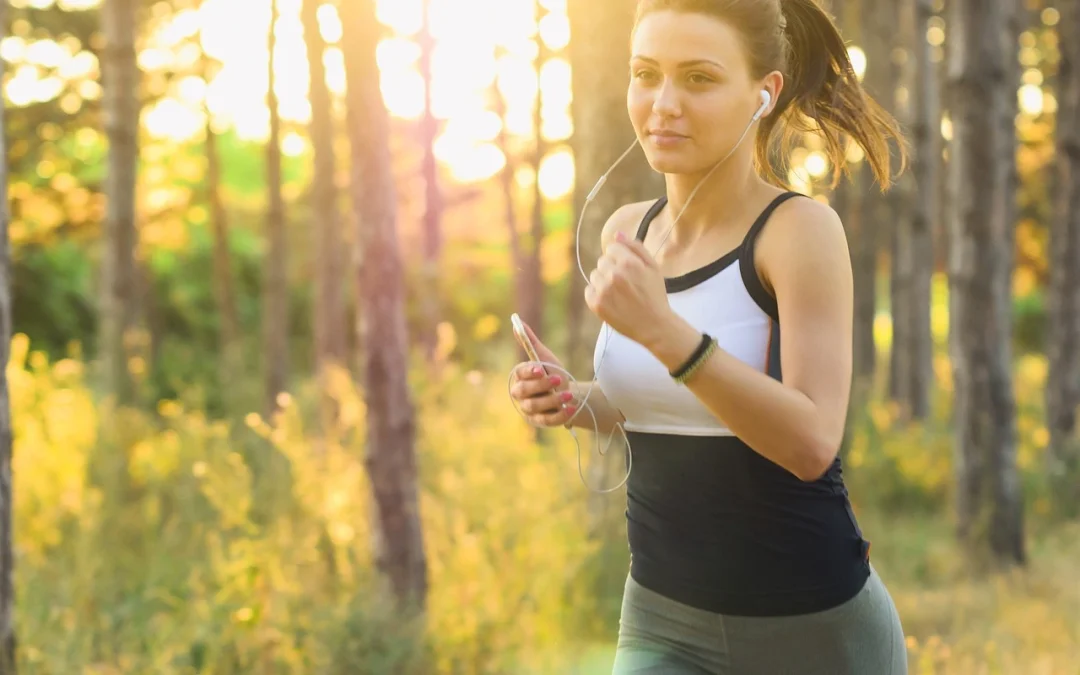
This FREE GUIDE provides a step-by-step, easy-to-use process for fat loss! 🔥🔥
*individual results may vary
Learn how to BURN FAT
without giving up carbs and alcohol!
Get your FREE guide - instantly!

Losing fat and achieving a healthy weight is a goal many individuals strive for. While exercise is crucial, proper nutrition plays a vital role in achieving sustainable fat loss. Designing a well-balanced and personalized meal plan is essential for promoting fat loss while maintaining overall health. In this article, we will guide you through the process of creating an effective fat loss meal plan.
Determine your caloric needs:
To create a fat loss meal plan, start by calculating your daily caloric needs. This can be done by considering factors such as age, gender, weight, height, and activity level. Several online calculators or professional dietitians can assist you in determining the appropriate calorie intake for your goals. Here is our favorite Macro Calculator >>
Set a calorie deficit:
To lose fat, you need to create a calorie deficit, which means consuming fewer calories than you burn. A safe and sustainable calorie deficit is usually around 300 to 750 calories per day. This gradual approach allows for a steady fat loss without compromising your health.
Prioritize whole, nutrient-dense foods:
Focus on incorporating whole, unprocessed foods into your meal plan. These foods are rich in nutrients, low in calories, and help keep you feeling satisfied. Include a variety of lean proteins (such as chicken, fish, tofu), whole grains (like brown rice, quinoa), fruits, vegetables, and healthy fats (avocados, nuts, olive oil).
Optimize macronutrient distribution:
Balancing your macronutrients is essential for a well-rounded meal plan. Aim to include a moderate amount of lean protein, complex carbohydrates, and healthy fats in each meal. Proteins promote satiety, aid in muscle maintenance, and support fat loss. Carbohydrates provide energy, while healthy fats contribute to hormone regulation and overall well-being.
Control portion sizes:
Even with healthy foods, portion control is crucial for fat loss. Be mindful of portion sizes and avoid mindless eating. Use smaller plates, measure your food, and pay attention to hunger and fullness cues. Consuming appropriate portions helps prevent overeating and promotes a sustainable calorie deficit.
Incorporate regular meal frequency:
Eating at regular intervals can help regulate your metabolism and prevent excessive hunger. Aim for three main meals and 1 -2 small, balanced snacks throughout the day. This approach keeps your energy levels stable and reduces the likelihood of unhealthy snacking or overeating.
Stay hydrated:
Proper hydration is often overlooked but is crucial for overall health and fat loss. Drinking an adequate amount of water throughout the day helps maintain metabolic functions, aids digestion, and keeps you feeling satisfied. Make water your primary beverage and limit sugary drinks.
Plan and prep your meals:
Meal planning and preparation can significantly support your fat loss journey. Set aside time each week to plan your meals, create a grocery list, and prepare your ingredients in advance. Having healthy, pre-portioned meals and snacks readily available reduces the temptation to make poor food choices when time is limited. See below for a 3 day sample meal plan
Monitor and adjust:
Regularly monitor your progress and make adjustments to your meal plan as needed. Fat loss is a dynamic process, and what works initially may need modification over time. Keep track of your food intake, physical activity, and how your body responds to the plan. Seek professional guidance if necessary.
Creating a fat loss meal plan requires careful consideration of your individual needs, goals, and preferences. By focusing on whole, nutrient-dense foods, balancing macronutrients, controlling portion sizes, and staying consistent, you can develop a sustainable eating plan that supports your fat loss journey. Remember, it’s important to prioritize your health and seek professional guidance when necessary.
Day 1:
Meal 1: Breakfast
Meal 2: Lunch
Meal 3: Afternoon Snack
Meal 4: Dinner
Day 2:
Meal 1: Breakfast
Meal 2: Lunch
Meal 3: Afternoon Snack
Meal 4: Dinner
Day 3:
Meal 1: Breakfast
Meal 2: Lunch
Meal 3: Afternoon Snack
Meal 4: Dinner
Meal 5: Evening Snack
Remember, this is just a sample meal plan, and it’s important to customize it based on your individual needs, preferences, and calorie goals. Consult with a dietitian or nutritionist for personalized guidance and to ensure the meal plan aligns with your specific requirements.
If you’re struggling to stay consistent with your diet and exercise, let us help you! Learn more about how Warrior Week will get you started on the right track to results. This program has a challenging yet fun combination of workout modalities focusing on Training and Nutrition Coaching. We promise you that if you put in the effort and stay consistent and focused in each and every workout, you’ll be reaping the benefits, big time!

As the last vestiges of winter melt away and the world bursts into a vibrant tapestry of green, there’s a palpable sense of renewal in the air. Spring isn’t just a season of blooming flowers and chirping birds; it’s a powerful metaphor for our own potential for growth...

The dawn of a new year often brings with it a surge of motivation and a desire for self-improvement. Many individuals capitalize on this renewed energy by setting ambitious goals, often in the form of New Year's resolutions. While both resolutions and goals share the...

The holiday season is a time of joy, cheer, and, unfortunately, overindulgence. With festive feasts, sugary treats, and countless social gatherings, it can be challenging to maintain a healthy balance. However, it’s essential to remember that a few weeks of overeating...
Notifications